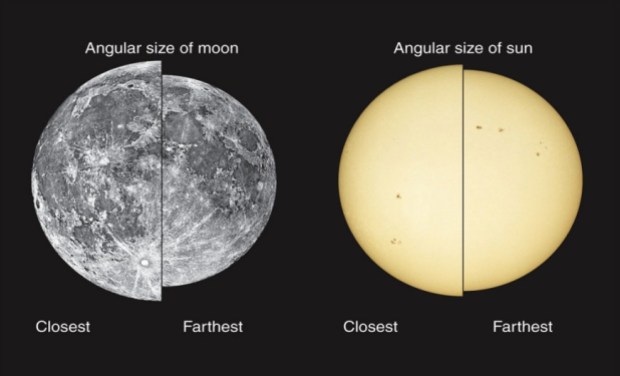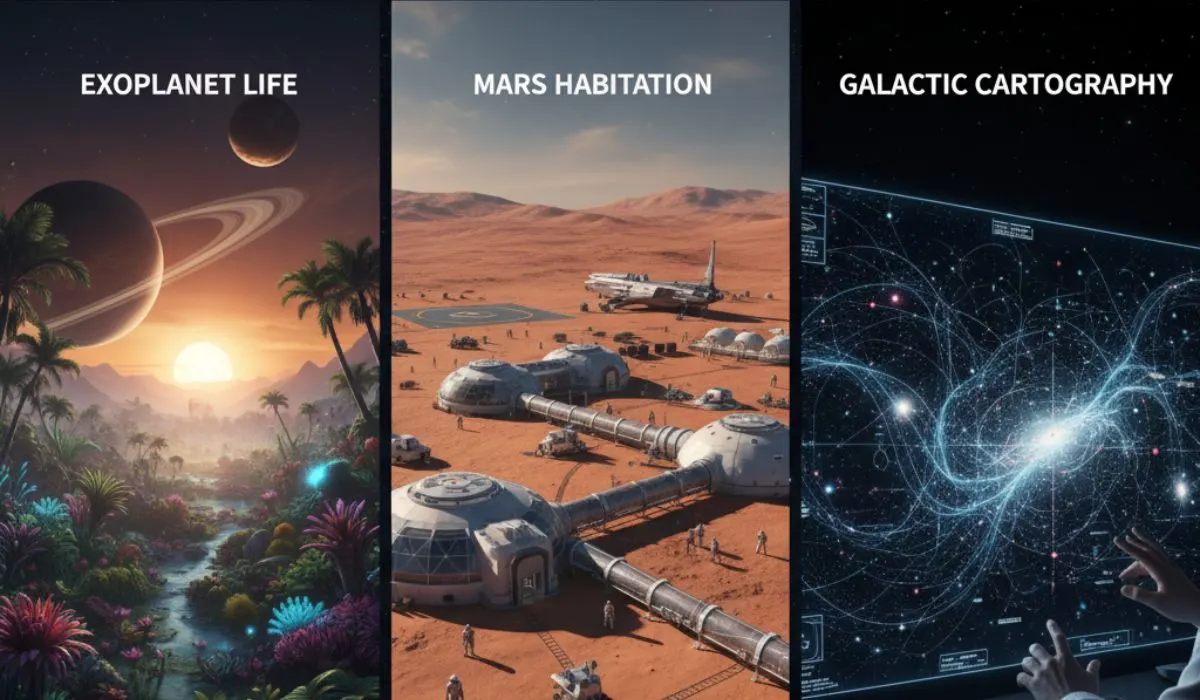On April 8, 2024, a total solar eclipse will span North America, passing through portions of 15 U.S. states. Astronomers can view the major event when and when it is shown on maps.
At approximately 11:07 a.m. PDT, the complete eclipse will first be visible near the Pacific Coast of Mexico. It will then cross a large portion of the United States, from Texas to Maine, and enter Canada.
NASA estimates that 31.6 million people reside in the region where the moon will completely block out the sun, known as the path of totality. The width of the path will vary from 108 to 122 miles. 150 million more people reside 200 miles from the path of totality.
Map Of Solar Eclipse Totality For 2024
:max_bytes(150000):strip_icc()/TAL-total-eclipse-illustrated-map-new2-ECLIPSE2024-a30a2ad059d84ad5b92beb159ebc04a1.jpg)
length of the total solar eclipse in 2024
Texas to Maine will be covered by the eclipse on April 8. It may take four minutes and twenty-eight seconds for you to experience the change from daylight to dark, depending on where you are on the path shown on the map below.
According to NASA, the complete solar eclipse will begin over the Pacific Ocean, with Mexico's Pacific Coast being the first spot in continental North America to witness totality on April 8 at approximately 11:07 a.m. PDT. After there, the eclipse's path will go through Texas and more than a dozen other states before entering Canada in southern Ontario. The eclipse is expected to leave mainland North America from Newfoundland, Canada, at approximately 5:16 p.m. NDT.
The eclipse will pass through a number of significant American cities in its path of totality, while many more will only view a partial eclipse. If the weather permits, these are some of the top big cities to see eclipses:
-
San Antonio, Texas (partially under the path)
-
Austin, Texas
-
Waco, Texas
-
Dallas, Texas
-
Little Rock, Arkansas
-
Indianapolis, Indiana
-
Dayton, Ohio
-
Cleveland, Ohio
-
Buffalo, New York
-
Rochester, New York
-
Syracuse, New York
-
Burlington, Vermont
A schedule showing the route of the solar eclipse's totality
In the United States, the eclipse will start in the afternoon on April 8. Beginning at 12:06 p.m. CDT near Eagle Pass, Texas, it will first be seen as a partial eclipse. It will then approach totality by approximately 1:27 p.m. CDT and move northeastward over the course of the next few hours.
NASA released the times for a number of American cities that were in the path of totality. If you live on or close to the path of totality, you can use NASA's map to find out when the eclipse will arrive at your location by entering your ZIP code.
If you don't live along the path of totality, how much of the eclipse will you see?
Although a large portion of the United States will be eclipsed on April 8, spectators outside the path of totality may still be able to see a partial eclipse, in which the moon covers some of the sun but not all of it, according to NASA. The area of the sun that will be veiled increases with your proximity to the path of totality.
Visitors can find out how much of the sun will be covered in their region by entering a ZIP code on NASA's website.
Is it possible that clouds will be present during the solar eclipse?
There is a greater chance of cloud cover in some places along the path of totality, which could make it difficult to watch the eclipse. This map illustrates past trends in cloud cover at this time of year.
Our colleagues at The Weather Channel allow you to view the most recent forecast specific to your location.
Where will the solar eclipse last the longest to attain totality?

The longest duration of totality will be experienced by eclipse watchers close to Torreón, Mexico. NASA predicts that the totality there will continue for 4 minutes and 28 seconds.
According to NASA, the majority of locations in the path of totality's centerline will see totality for 3.5 to 4 minutes. A few locations in the United States are almost at maximum; for example, Kerrville, Texas, will experience a totality lasting 4 minutes and 24 seconds.
What is the solar eclipse's path of totality in 2044?
The next total solar eclipse that the contiguous United States will be able to see will be on August 23, 2044, following the eclipse on April 8.
The eclipse on April 8 will be the only opportunity for American astronomy enthusiasts to witness the eclipse in 2044. The route of totality for the eclipse in 2044 will only cross three states, according to The Planetary Society, but NASA has not yet released maps for the event.
According to the Planetary Society, the eclipse in 2024 will begin in Greenland, travel across Canada, and finish as the sun sets in Montana, North Dakota, and South Dakota.







